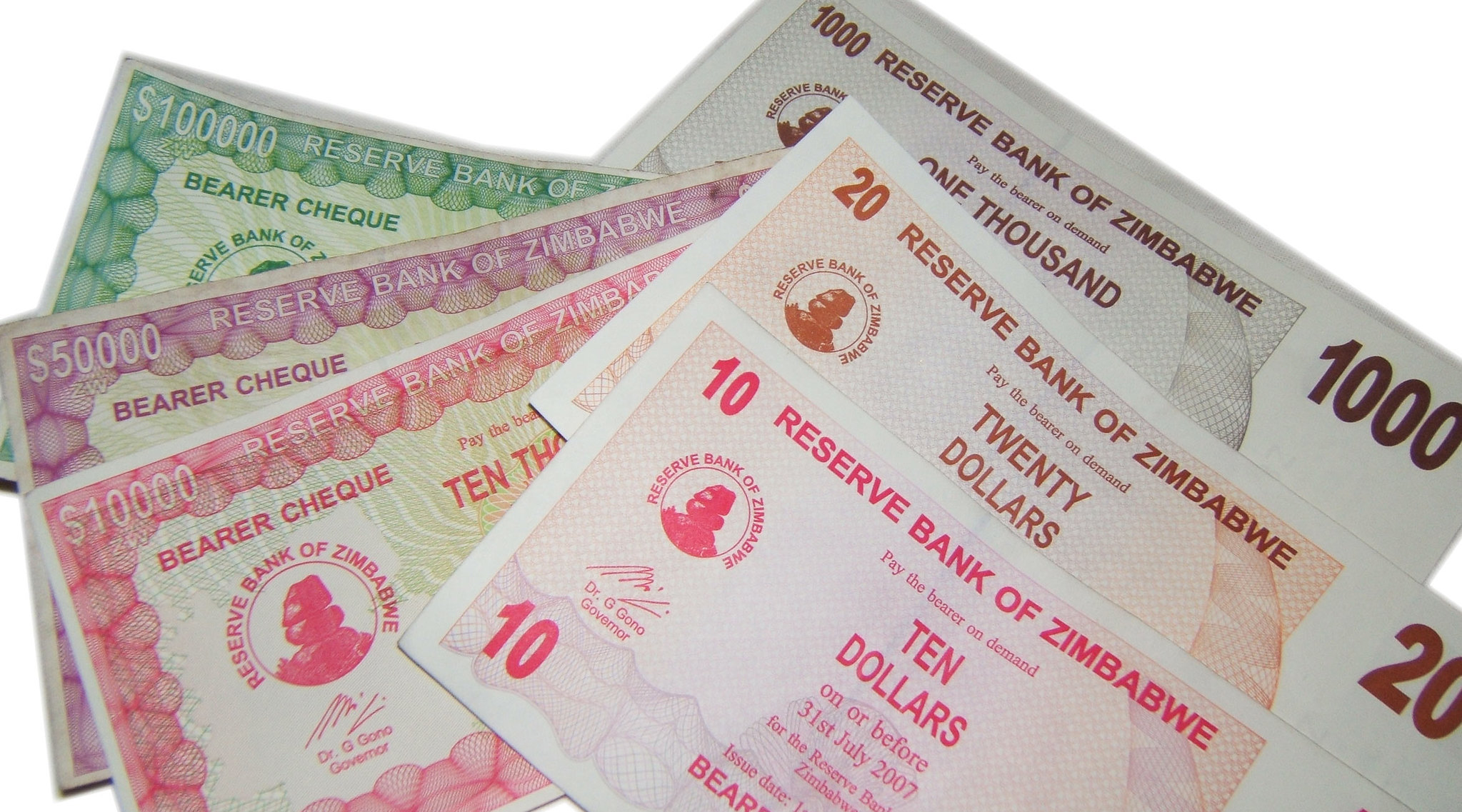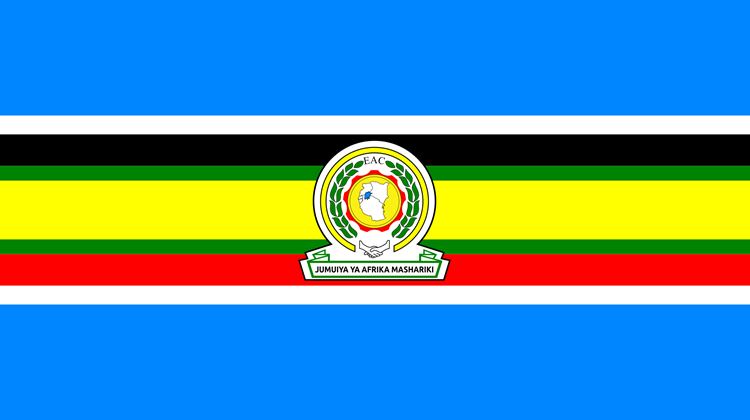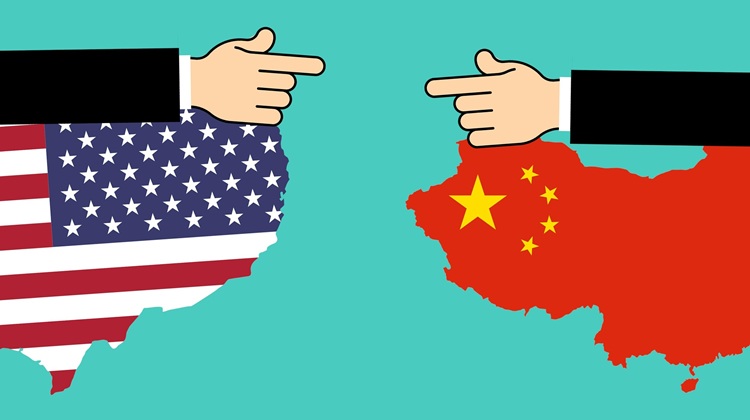Public trust and confidence: Zimbabwe’s currency reform hurdles

Zimbabwe's economic stability requires good governance, independent institutions and sound policies.
One could argue that the intangible aspects of a currency (i.e., trust and confidence) are far more important than the tangible (physical) characteristics. While one can innovate endlessly around the latter, it is very risky to play around with the intangible aspects.
For nearly two decades, Zimbabweans have had a painful relationship with their national currency. At the height of the hyperinflation in 2008, a 100 trillion Zimbabwean dollar note (the country’s highest legal tender note) could barely be enough to buy a loaf of bread. A situation where too much money was chasing a few goods. The Reserve Bank of Zimbabwe (the central bank) continued to print money to fund government quasi-fiscal activities, decimating the economy, eroding public savings and leading to the immense suffering of ordinary citizens.
Zimbabwe's hyperinflation in 2008 showed how a 100 trillion dollar note could barely buy a loaf of bread, eroding public savings
People lost confidence in their currency as it could not hold any value or serve as a reliable medium of exchange. Several efforts by the Zimbabwean government to stabilise the situation failed; one that quickly came to mind was the price controls. The government eventually suspended the use of its currency in 2009 and adopted a multicurrency system where currencies like the United States (US) dollar, South African rand and Botswana pula were used for transactions. At that time, a 100 trillion Zimbabwe dollar note (a souvenir) was worth less than US$0.30.
Back in the early 1980s, the Zimbabwean dollar was close to par with the US dollar and the agriculture, mining and tourism-driven economy was thriving. The country was the continent’s super agricultural exporter of tobacco, wheat and maize and was dubbed ‘the bread basket of Africa’, now the basket case, with most households unable to obtain enough food to meet basic needs.
The fast-tracked land reforms programme meant for political rather than economic gains and other strings of government policies, followed by economic sanctions, led to a series of shocks that destabilised the economy.
With the US dollar being the principal currency, the multicurrency system brought some stability until the government reintroduced the Zimbabwean currency, the bond note, in 2016, pegged at 1:1 to the US dollar. The former central bank governor, John Mangudya, told the public that the currency was backed by US$200 million from the African Export-Import Bank (Afreximbank). Contrary, today, the new governor (appointed at the end of March 2024), John Mushayavanhu says, ‘the bond note was never backed by anything’.

On 5 April 2024, the newly appointed governor replaced the bond notes with new notes, the Zimbabwe Gold (ZiG). This structured currency, which is said to be backed by US$100 million cash and US$185 million worth of gold and other precious minerals held by the central bank as reserves, is the sixth currency reform attempt to stabilise the economy that has been hit by a series of crises since the early 2000s.
The introduced ZiG notes are not lacking in innovation around their tangible characteristics: fancy colours, balanced rocks picture and a quick response (QR) code that enables swift verification of information, especially security information. But what is missing are the intangible aspects of a currency: the public has no trust and confidence in the ZiG.
Previous attempts at currency reform in Zimbabwe, like the bond notes, failed due to lack of genuine backing and transparency
The same government that told the public that the bond notes were backed by Afreximbank is the same one telling the public today that the ZiG currency is at an exchange rate of 13.56:1 with the US dollar. Money is confidence, money is trust and money is accountability otherwise it is bound to fail.
Money printing has been a very effective tool for gaining political favours in Zimbabwe. Assuming the central bank has reserves, are they sufficient to back the ZiG? Given the government's quasi-fiscal activities and zero independence of the central bank, will they not print more than the reserves? The public has lost trust and confidence in the Zimbabwean government and its policies.
 Image: Zimbabwe Ministry of Information, Publicity & Broadcasting
Image: Zimbabwe Ministry of Information, Publicity & Broadcasting
What really changed with the structured ZiG notes are the tangible characteristics, including the elimination of zeros. Similarly to the bond notes, the new ZiG currency does not buy fuel at the local service stations or pay for airline tickets, and to make matters worse, it does not pay a passport application fee at government issuing offices and does not pay for import duties. One would argue that if the government does not accept its currency, why should the public? Is this not a typical example of animal farm economics? The late prominent economist Thomas Gresham once said, ‘Bad money drives out good money’.
At a consultative meeting after the introduction of the ZiG, a prominent businessman asked the new governor a legitimate question, ‘Are we going to be able to buy fuel using ZiG. Is the government going to accept it for passports and duty?’ In his response, the new governor answered ‘When Jesus came and He said I am the son of God, some believed, some did not but that does not mean He was not the son of God’. A response that does not inspire confidence in the public domain.
Very few Zimbabweans know or care what backs the US dollar yet perceive it as a reliable medium of exchange and a store of value. However, if the government thinks that backing the new currency to the US dollar and precious minerals is the solution to stabilise the economy, then they are misdiagnosing the country’s long-term problem. The continuous introduction of new currencies cannot stabilise the Zimbabwean economy; the heart of Zimbabwe’s economic problems goes beyond mere currency reforms.
Like any other country, the stability of the Zimbabwean economy relies on proven good governance, independent institutions, production (and productivity), and sound and effective monetary and fiscal policies. Without these, it will only be a matter of time before the ZiG currency collapses, too.
Image: Paul/Flickr






